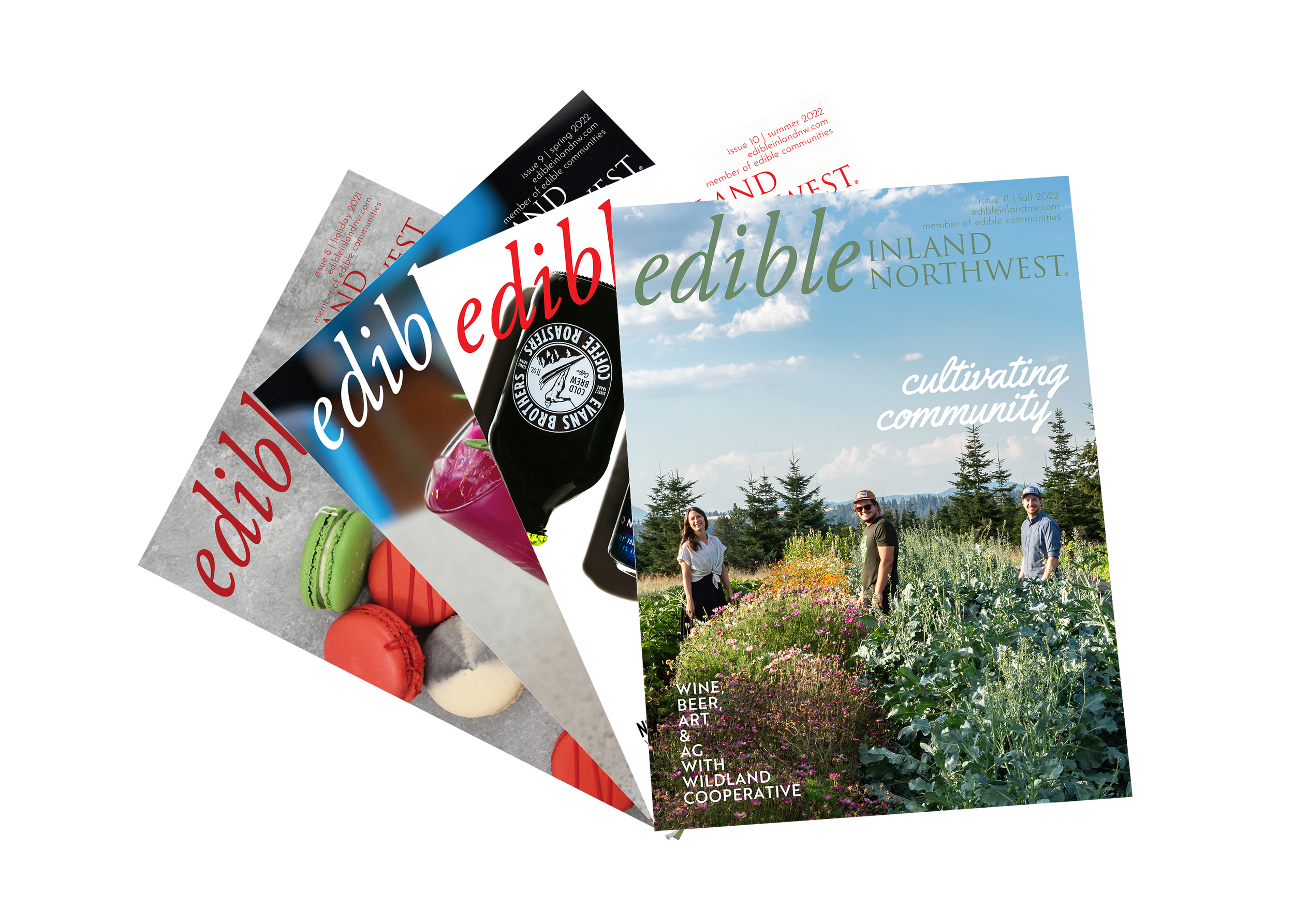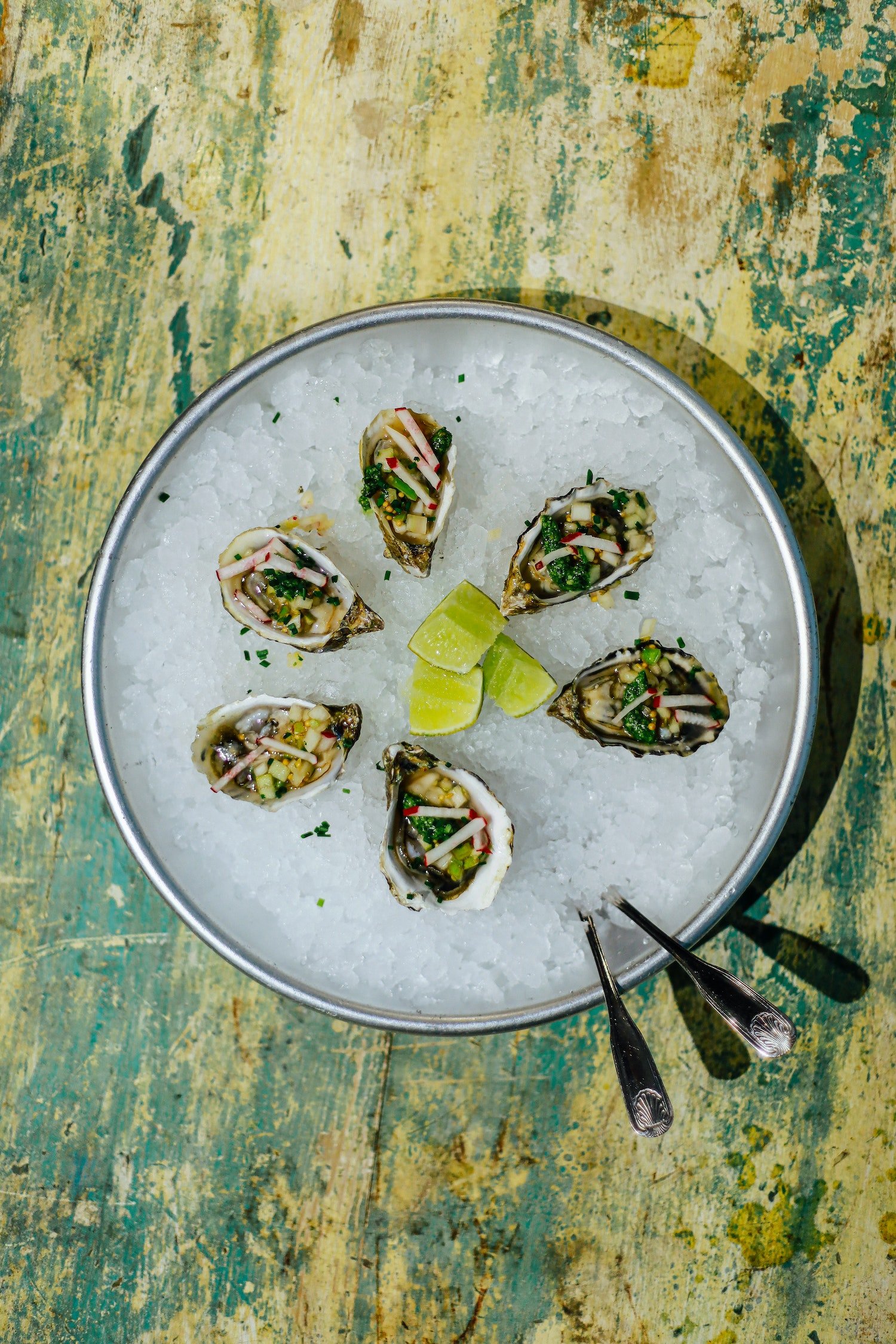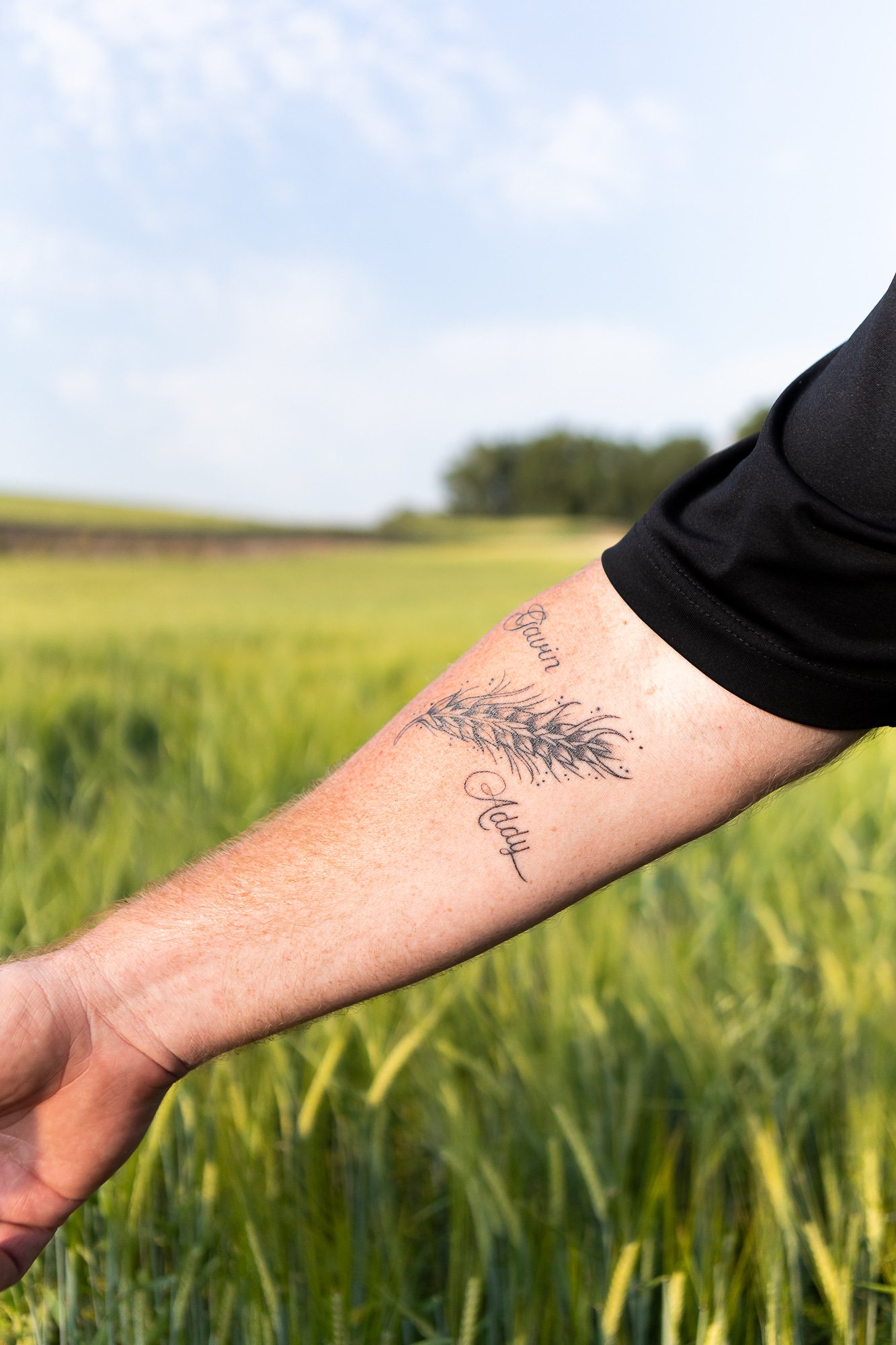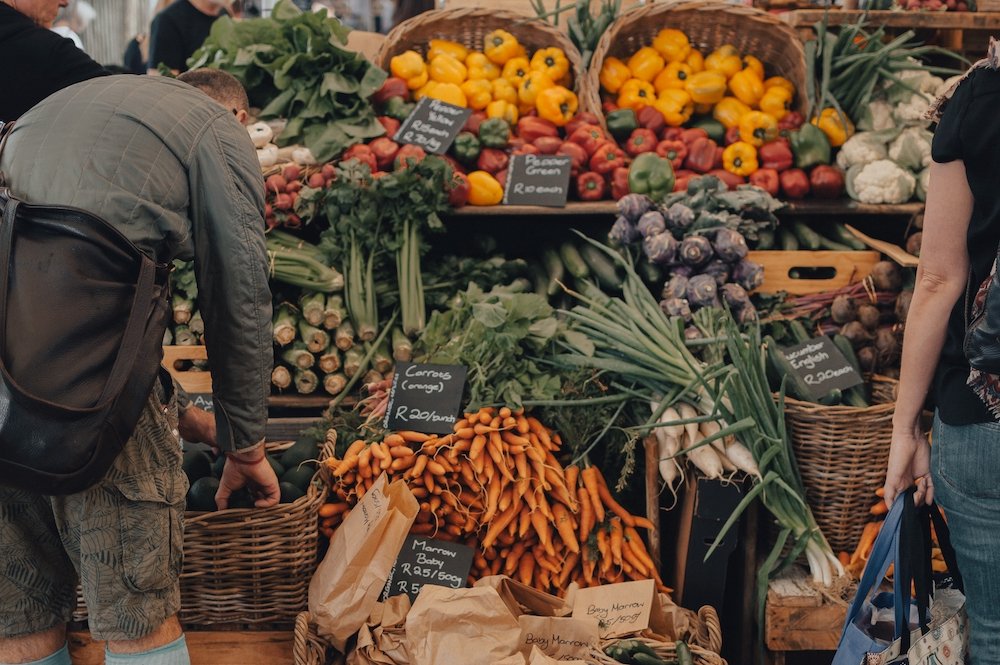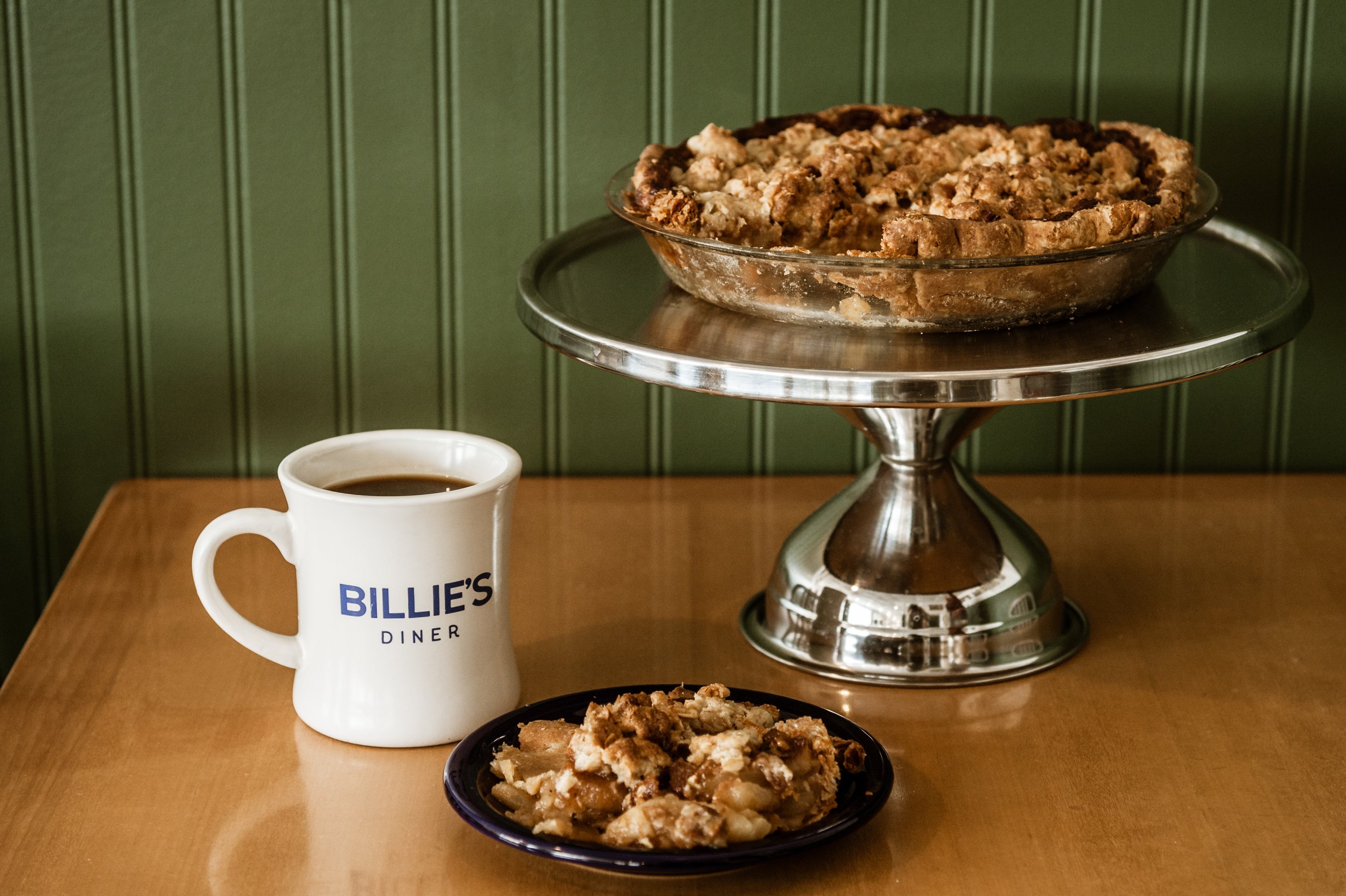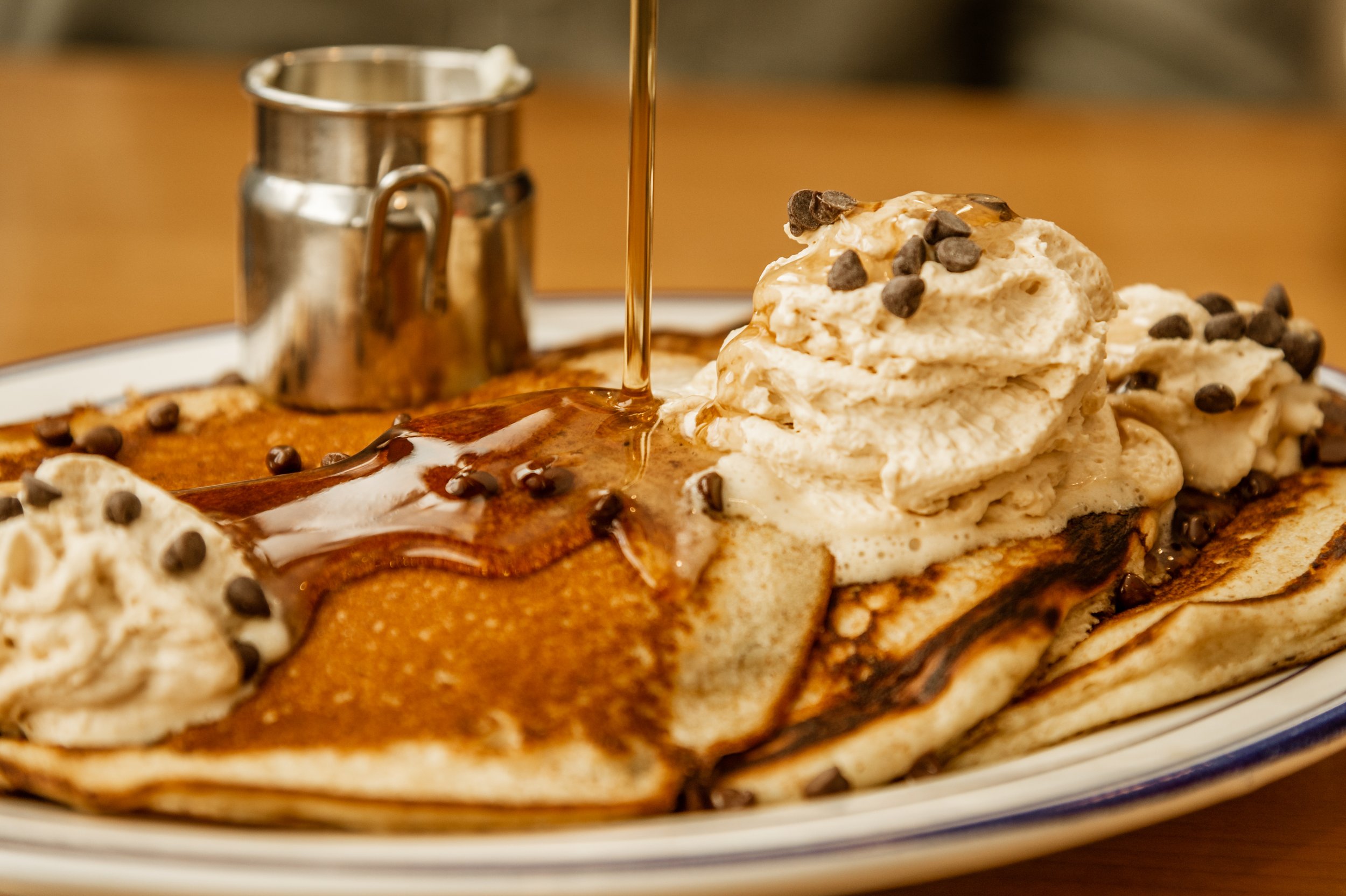A Vitalist’s Approach to Spring Detox
A Vitalist’s Approach to Spring Detox
BY RACHEL CLARK
As spring approaches in the PNW, the familiar signs of renewal and rebirth begin to show themselves. The birds come back, trees start to bud and there is a freshness in the air. As humans, we are part of this yearly cycle of death and rebirth. Even if we live in the city, we are affected by the seasons and influence of nature.
Historically and evolutionarily, humans have not always had year-round access to fresh food like we do today. This modern way of living is made possible by food storage technology and a global agricultural network; but before we had year-round access to fresh produce from grocery stores, practices like canning, curing, pickling and fermentation were required to store our food outside of the growing season. We relied on foraging what we could, resting, hibernating, and hoping that spring would come before food stores ran out. Wild greens sprouting to life were among the first signs that other fresh food and forages would soon be available to nourish our bodies again.
These days, a pantry stocked with canned goods and a freezer full of frozen foods represent modern conveniences that save us the time and trouble of venturing out to the grocery store during the winter months more than life or death. Still, many of us experience an innate urge for a seasonal reset–or in modern terms a “spring detox.”
As a Vitalist herbalist, my approach takes into account that our bodies are wise and, given the right circumstances, know how to keep us healthy. Through a combination of nutrition, lifestyle and herbal support, the body’s innate detox processes are fully capable of keeping us healthy.
This is not a detox guide, but rather a deep dive into one herbal “formula” to support the liver. This recipe helps to naturally support your body’s endogenous detox systems gently over time. In addition to this rainbow salad, I encourage you to incorporate gentle outdoor exercise, clean your living space and incorporate a few of the “Honorable mention” herbs.
Herbs are powerful and provide countless benefits, but without incorporating food and nutrition, we usually can only get so far. Our detox processes are primarily concentrated in the liver and GI mucosa and what we eat affects how well we can process toxins, both those that occur naturally and environmental ones. This Rainbow liver salad is made to support both Phase I and Phase II and support the GI system.
Please note: For many people, adding nutrients is enough to support the endogenous detox functions and a more intensive protocol isn’t necessary. Please check with a qualified healthcare provider before diving into any detox protocol or taking liver-stimulating herbs
Other herbs to incorporate into your spring detox:
Red Clover (Trifolium pratense)
Yellow dock (Rumex crispus)
Nettle (Utica dioica)
Burdock root (Arctium lappa)
Sunchoke (Helianthus tuberosus)
Detox 101
Detox happens in two phases. Phase I prepares toxins for Phase II by activating detox enzymes (oxidation enzymes) in our body. Phase II reactions are called conjunction reactions. These conjunction reactions take the products of Phase I and combine them with water-soluble compounds, making them more easily excreted from the body. It is important to understand both Phase I and II because an increase of Phase I enzymes without supporting Phase II can lead to an overall increase of toxins in the body. Both phases need nutritional cofactors to function fully. Phase I nutrients include copper, magnesium, zinc, vitamin C, B vitamins, glutathione, flavonoids and antioxidants. Phase II nutrients include dietary sulfur, selenium, folate, B12, Omega-3 fatty acids and calcium just to name a few.
Rachel Clark is a certified clinical herbalist and freelance writer based in Spokane. You can find out more about her practice at spokaneherbalist.com on Instagram @rachelclarkherbalist or by phone at 509-530-1369.









